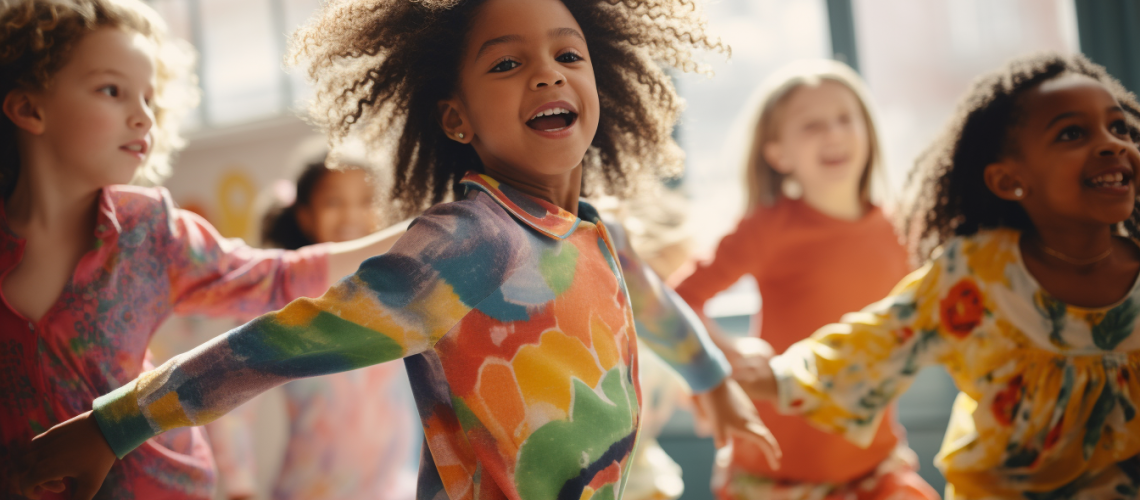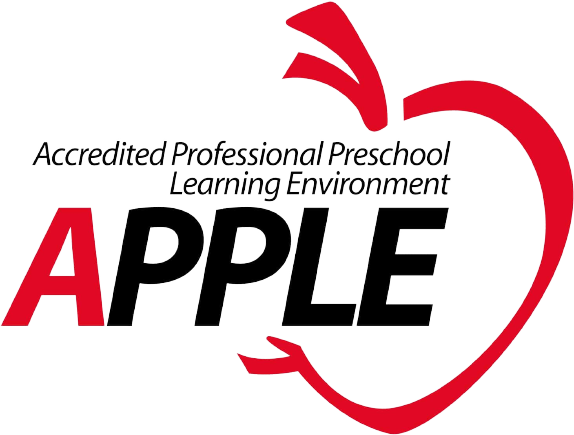Understanding the Interplay of Social Behavior, Social Interaction, and Emotional Development
Children’s social and emotional growth is integral to their overall development. Through social behavior and interaction, children gain a deeper understanding of the world around them and transition from a self-centered perspective to a sense of collective identity. Prominent theorists like Jean Piaget and Albert Bandura have shed light on the progression of children’s social and moral development, emphasizing the significance of social reciprocity and the role of peers in shaping behavior.
Social Growth: Jean Piaget’s theory highlights the stages of social and moral development in children, from a state of non-regulation by others or oneself to regulation by others and ultimately self-regulation. Social reciprocity plays a critical role in fostering relationships and helping children coordinate different perspectives and cooperate with others. The influence of peers is significant, as children often learn by observing and imitating the actions of their peers, as demonstrated in experiments such as the Bobo doll study conducted by Albert Bandura.
Emotional Growth: Emotional growth enables children to comprehend their feelings and navigate the world around them. It begins with the expression of basic emotions, such as fear and pain, through crying at birth. As children grow, they learn to express their needs and desires, such as hunger, sleep, and attention. While emotional development was historically a central focus in early childhood education, it has received less attention in recent years due to concerns about crossing boundaries into family values. However, understanding and supporting children’s emotional growth remain crucial.
Exploring Emotions: Children experience a range of emotions, including fear, anxiety, stress, hostility, anger, happiness, and humor. Fear may stem from observed or learned behaviors and can also have genetic contributions. Stress, a significant precursor to various emotions, can arise from a multitude of sources, including illnesses, fear of failure, teasing, family dynamics, and societal factors. Anger, both verbal and physical, can be triggered by various factors and may stem from a child’s struggle to regulate emotions or mimicry of caregiver reactions.
Implications for Social Interactions: Children’s emotions play a vital role in shaping their social interactions. Children who exhibit happiness and a sense of humor often form stronger and longer-lasting bonds with their peers compared to those who struggle in social settings. Caregivers and parents are advised to prioritize a child’s emotional and social well-being alongside educational growth. When children feel content, confident, and engaged in positive social interactions, they are more likely to become lifelong learners, as learning is enhanced in a supportive and joyful social environment.
Conclusion: Fostering social and emotional growth in children is crucial for their overall development. Understanding the interplay between social behavior, social interaction, and emotional development provides insights into how children navigate and thrive in the world. By nurturing children’s social skills, encouraging positive interactions, and addressing their emotional needs, caregivers and parents create a solid foundation for lifelong learning and well-being.



